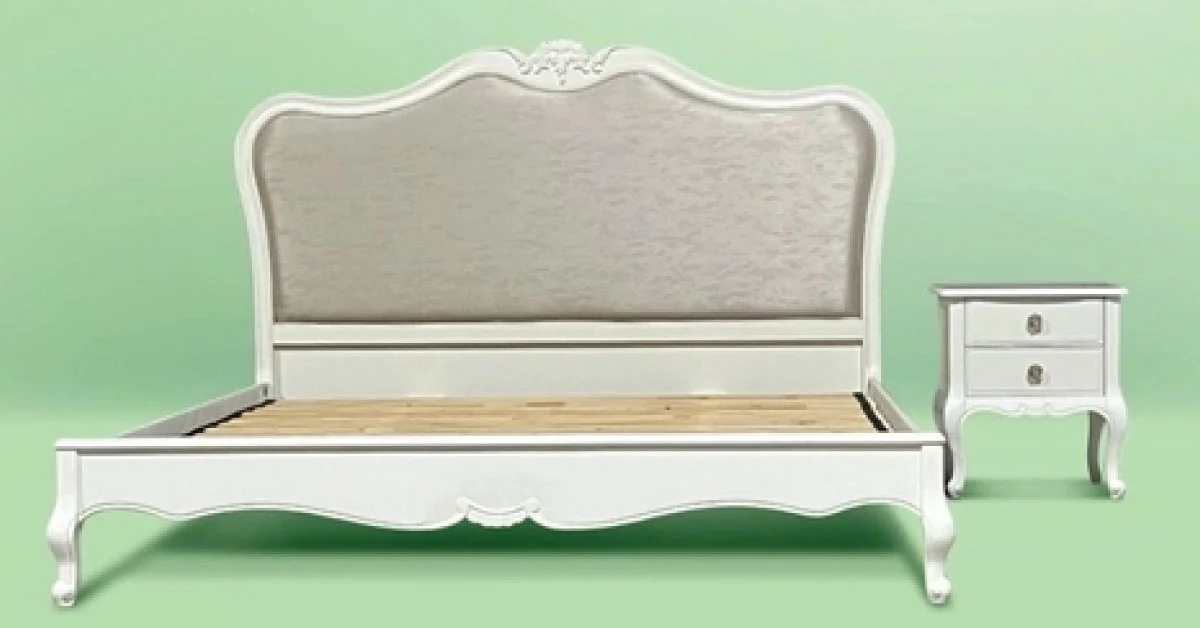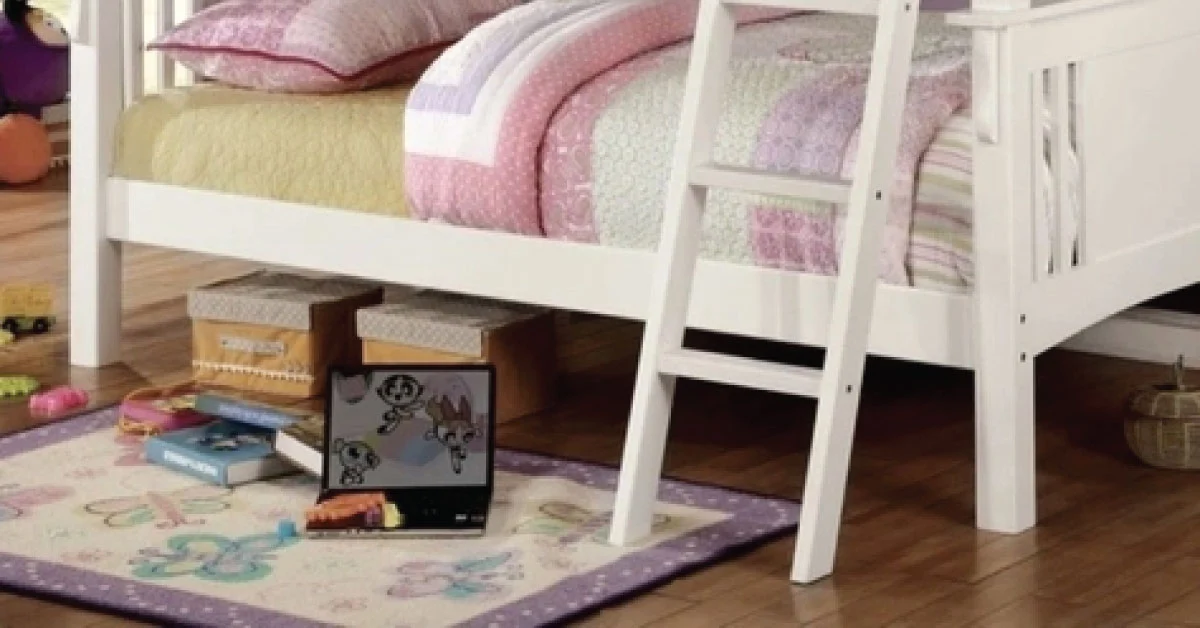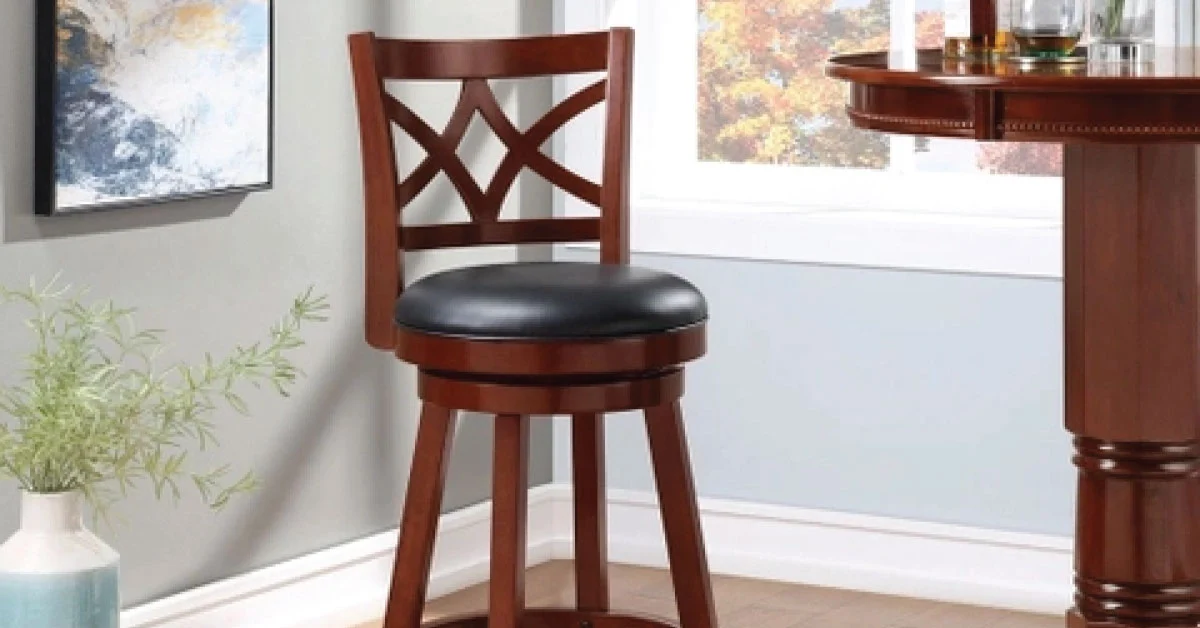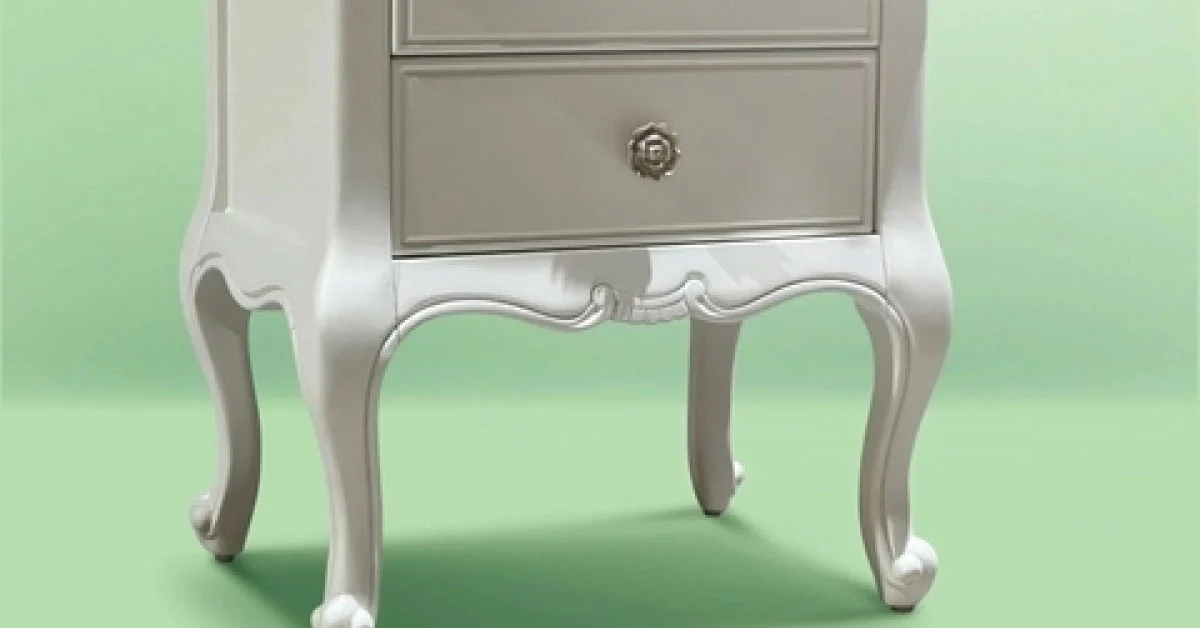What Is Rubberwood? Advantages and Disadvantages of Rubberwood

What Is Rubberwood?
Rubberwood comes from the rubber tree (Hevea brasiliensis), typically harvested after the tree has completed its latex-producing cycle, usually around 25 to 30 years old. After latex extraction ends, the tree trunk is repurposed as wood, helping reduce waste and promote environmental sustainability.
Characteristics of Rubberwood
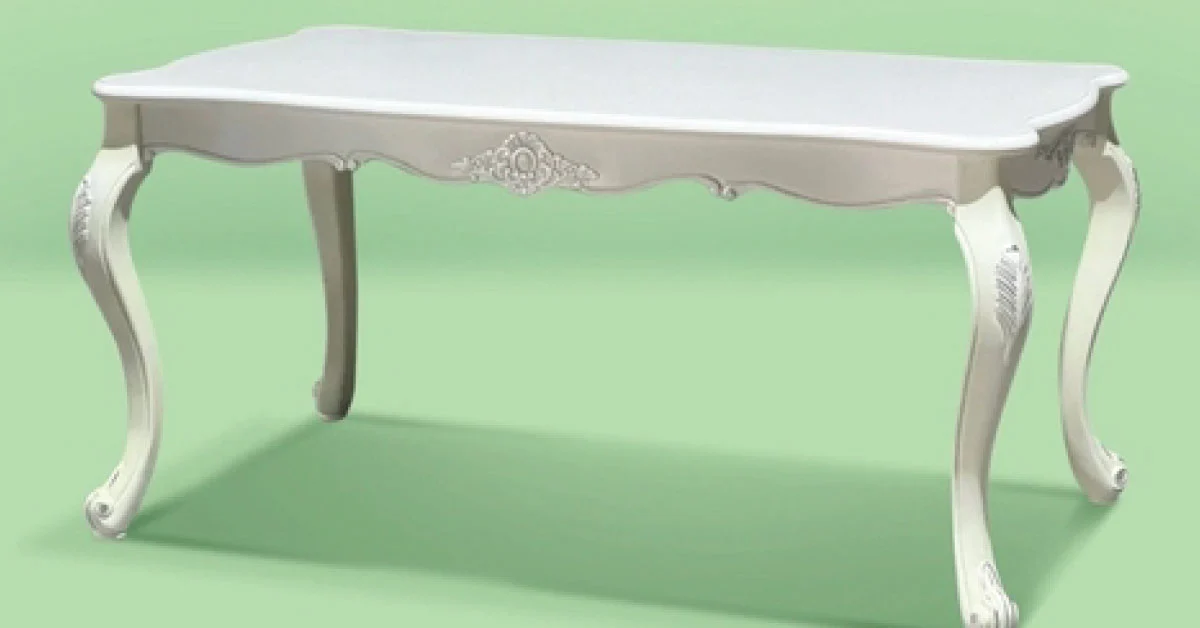
What Is Rubberwood? Advantages and Disadvantages of Rubber
-
Color: Rubber features a light yellow to pale cream color, giving a warm and versatile appearance that suits many interior design styles.
-
Grain: It has a straight, fine grain pattern, creating a natural and refined look for furniture.
-
Durability: When properly treated and dried, rubberwood is fairly durable, resistant to warping and insect damage.
-
Flexibility: Rubber is elastic and easy to bend, making it suitable for producing a variety of furniture designs.
Advantages of Rubber
-
Eco-friendly: Using rubber maximizes the value of rubber trees after latex harvesting, reducing deforestation of natural forests.
-
Affordable: Compared to many hardwoods, rubberwood is cost-effective, making it accessible for a wide range of customers.
-
Easy to work with: The wood is simple to saw, shape, and finish, enabling diverse and beautiful furniture products.
-
Stable supply: Large plantations, especially in Southeast Asia, provide a steady and abundant source of rubberwood.
Disadvantages of Rubber
-
Vulnerable to pests if untreated: Due to its high moisture content, rubberwood can be prone to termite and fungal attacks if not properly dried and treated.
-
Not suitable for outdoor use: Its high absorbency means it is susceptible to warping and decay in wet or outdoor environments.
-
Possible allergen: Some individuals may be allergic to residual latex in the wood, although most latex is removed during processing.
Applications of Rubber in Furniture
Rubber is widely used in manufacturing various furniture items, including:
-
Tables and chairs: Thanks to its flexibility and workability.
-
Cabinets and shelves: Its light color and attractive grain make it ideal for wardrobes, bookcases, and TV stands.
-
Flooring: Rubber flooring adds warmth and a natural feel to interiors.
-
Decorative items: Picture frames, toys, and kitchen utensils are also commonly crafted from rubberwood.
Conclusion
Rubber is an excellent choice for furniture production due to its environmental benefits, affordability, and ease of processing. However, to ensure durability and longevity, proper treatment and maintenance are essential, especially avoiding exposure to moisture and outdoor conditions.


